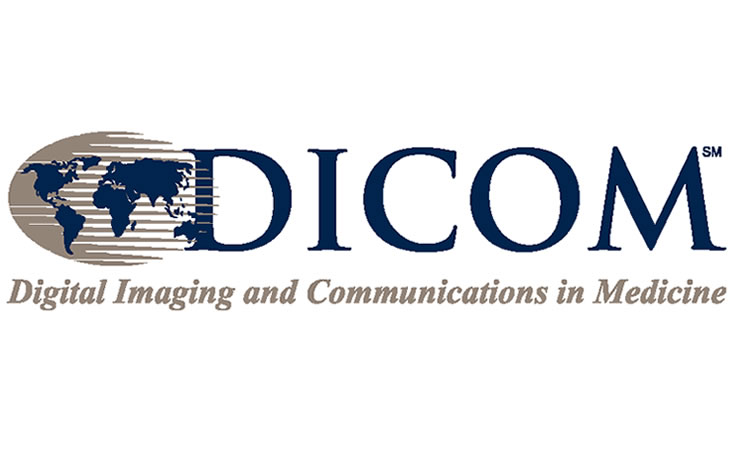


Our Ophthalmology EMR Software is designed specifically for eye care practices, offering:
Eye Care Practices
Providers Trust Our Solution
Of Specialized Experience
Client Retention Rate

Unlike generic EHRs, our Ophthalmology-Specific EMR is built with eye care specialists in mind.

.png)


.png)




Practice Billing |

Discount Management |

Patient Payments |

Insurance Claims |

Financial Reports |

Secure Payments |

TPA Documentation |

Panel Management |

Refund Processing |
Hear from eye care specialists who transformed their practices with our EMR software
Retina Specialist, Singapore
"The retina documentation templates saved us 15 hours per week. DICOM integration with our OCT machines is flawless. Our practice efficiency improved by 40% after implementation."
Glaucoma Specialist, USA
"The glaucoma progression analysis tools are exceptional. Visual field tracking with MD and VFI trends helps us make better treatment decisions. Our patient compliance improved by 35% with the automated reminders."
Cataract Surgeon, India
"The cataract surgery workflow reduced our preoperative documentation time by 60%. IOL power calculation integration and surgical checklists improved our outcomes. The best ophthalmology EMR we've used in 15 years."


Everything you need to know about our Ophthalmology EMR Software